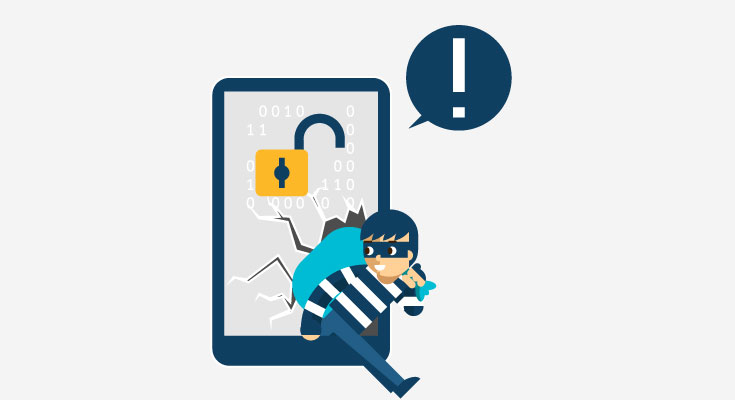Fraudsters love to come up with new methods to commit fraud, launder money, or steal money. A growing number of fraudsters also impersonate real customers for getting access to their accounts.
As more and more transactions happen online today, businesses are facing a number of threats such as card fraud, phishing attacks, and electronic transfer fraud. This constant wave of fraud impacts business growth, and impacts the level of trust customers have in businesses.
To fight against fraud, Identity verification and identity identification services need to be implemented. Moreover, these services help businesses comply with regulatory guidelines. But, there are some key differences between identity verification and identity identification.
In this blog, we’ll cover identity verification vs identity identification. Let’s go over them and what they mean for businesses.
What is Identity Identification?
Identity identification is the process of checking if the person actually is who they claim to be. It’s the act of identifying individuals by checking their photographs, and personal information in ID documents.
This can be as simple and quick as showing an ID badge when visiting a government office, or showing identity documents when buying something age-restricted.
In online environments, the identity identification process is a bit different. Customers are asked to prove their identity by entering personal information alongside their payment details. All this information helps organizations verify if the information presented is correct or not.
For low-value transactions or organizations that are comfortable with a higher level of risk, this is enough due diligence. But, with the level of ID theft fraud growing every year, normal identification methods aren’t enough. More sophisticated methods of verifying identity should be in place to deter fraudsters.
To ensure a higher level of security and to comply with ID regulations, it’s not enough to make decisions using user-submitted information. In simple words, it means that the information provided by customers needs to be verified against another source. This will help organizations understand if a real person is submitting the information, or if a fraudster trying to trick the organization.
What is Identity Verification?
Digital identity verification services help organizations to verify identity information available in the ID documents that are submitted by customers. This data is compared from an issuing source, like the DMV. Comparing information available from a third party, or verified data sets can reduce the risk of identity theft taking place.
In this increasingly digital environment, organizations may need to verify a customer’s identity almost every day. Especially when it comes to onboarding new customers. Verifying a customer’s identity is crucial when they want to open a new account, make a high-value transaction, or access age restricted-services. Identity verification is often used by organizations that have stricter security standards. Banking and financial industries have higher security standards.
With more than 1.2 billion personally identifiable information records available on the dark web, it’s a major risk to allow customers to onboard without verifying their information. Onboarding people without verifying their identities can lead to huge losses for banks, can put other customers at risk of exposure, and break the existing trust value of an organization.
To minimize the risk of ID fraud and money laundering, most identity verification solutions require users to verify their ID documents in additional ways.
In doing so, the level of security increases in line with the number of checks performed. Every security check needs to be done with a particular target in mind. This is one of the best ways to reduce the risks of fraud and build a certain level of trust in the industry.
Customer ID identification and ID verification methods should have the perfect balance between stringent, and easy-to-follow. Ensuring perfect fraud prevention and customer experience.








